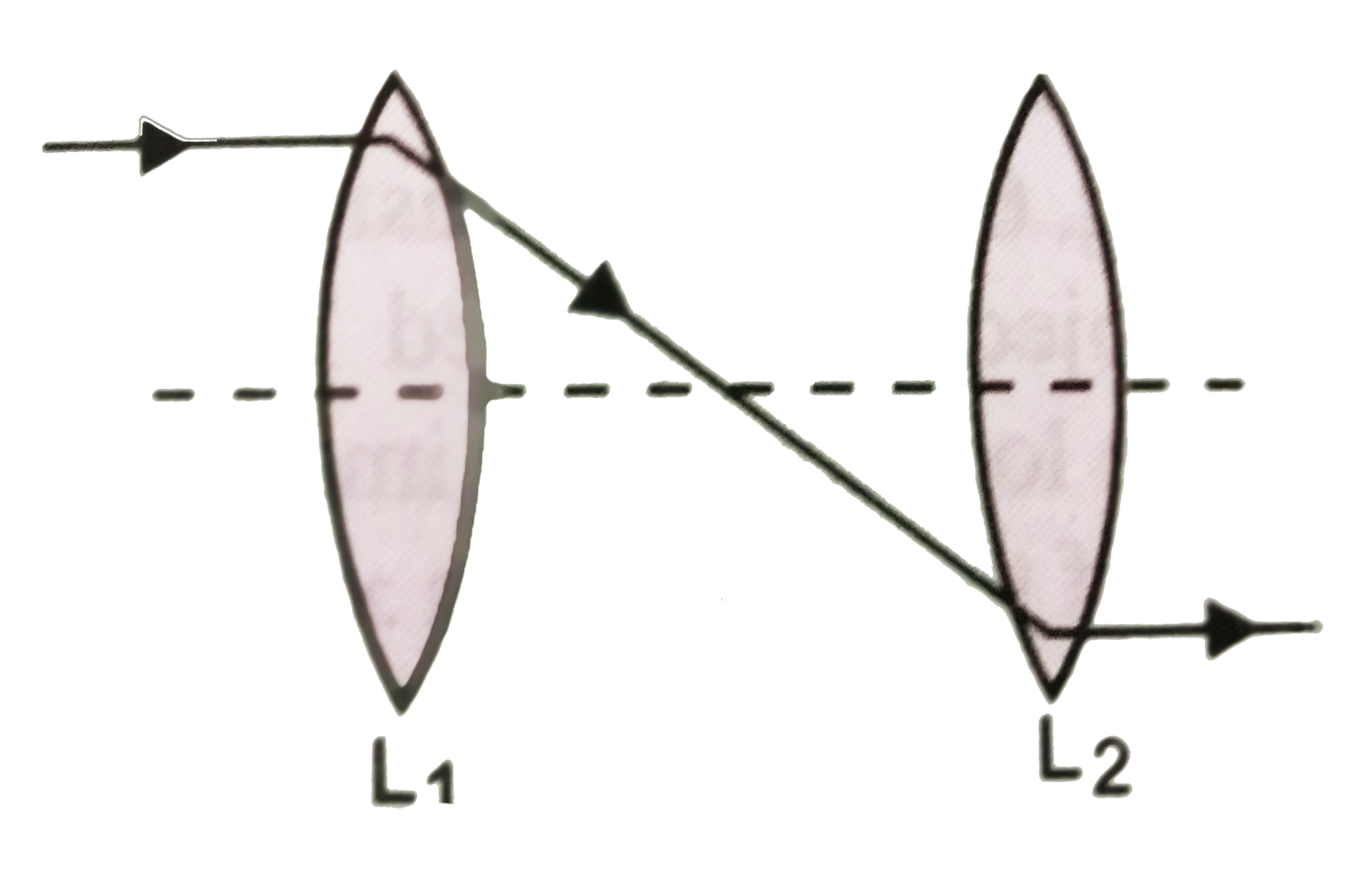Consider a regular 10-gon with its vertices on the unit circle. With one vertex fixed, draw straight lines to the other 9 vertices. Call them L1,L2,….L9 and denote their lengths by l1,l2….l9 respectively. Then the product l1l2....l9 is
10
10√3
50√3
20
To solve the problem, we need to find the product of the lengths of the lines drawn from a fixed vertex of a regular 10-gon inscribed in a unit circle to the other 9 vertices. We denote the lengths of these lines as l1,l2,…,l9.
1. Understanding the Regular 10-gon:
A regular 10-gon has 10 vertices that are evenly spaced on the unit circle. The vertices can be represented using complex numbers as the 10th roots of unity.
2. Vertices Representation:
The vertices of the 10-gon can be expressed as:
zk=e2πik/10for k=0,1,2,…,9
where z0=1 is the fixed vertex.
3. Calculating Lengths:
The lengths lk from the fixed vertex z0 to the other vertices zk (for k=1,2,…,9) are given by:
lk=|z0−zk|=|1−e2πik/10|
4. Using the Formula for Lengths:
We can simplify lk:
lk=|1−(cos(2πk/10)+isin(2πk/10)|=√(1−cos(2πk/10))2+sin2(2πk/10)
Using the identity sin2x+cos2x=1, we can simplify further:
lk=√2−2cos(2πk/10)=2sin(πk10)
5. Product of Lengths:
Now we need to calculate the product:
P=l1l2⋯l9=9∏k=12sin(πk10)=299∏k=1sin(πk10)
6. Using the Product Identity:
We can use the identity for the product of sines:
n−1∏k=1sin(kπn)=n2n−1
For n=10:
9∏k=1sin(πk10)=1029
7. Final Calculation:
Substituting back into our product:
P=29⋅1029=10
Conclusion:
The product l1l2⋯l9 is equal to 10.
A regular 10-gon has 10 vertices that are evenly spaced on the unit circle. The vertices can be represented using complex numbers as the 10th roots of unity.
The vertices of the 10-gon can be expressed as:
zk=e2πik/10for k=0,1,2,…,9
where z0=1 is the fixed vertex.
The lengths lk from the fixed vertex z0 to the other vertices zk (for k=1,2,…,9) are given by:
lk=|z0−zk|=|1−e2πik/10|
We can simplify lk:
lk=|1−(cos(2πk/10)+isin(2πk/10)|=√(1−cos(2πk/10))2+sin2(2πk/10)
Using the identity sin2x+cos2x=1, we can simplify further:
lk=√2−2cos(2πk/10)=2sin(πk10)
Now we need to calculate the product:
P=l1l2⋯l9=9∏k=12sin(πk10)=299∏k=1sin(πk10)
We can use the identity for the product of sines:
n−1∏k=1sin(kπn)=n2n−1
For n=10:
9∏k=1sin(πk10)=1029
Substituting back into our product:
P=29⋅1029=10
The product l1l2⋯l9 is equal to 10.
Topper's Solved these Questions
- KVPY 2021Book:KVPY PREVIOUS YEARChapter:KVPY 2021Exercise:PART II MATHEMATICS
Explore 4 Videos
- KVPY 2021Book:KVPY PREVIOUS YEARChapter:KVPY 2021Exercise:PART I (Chemistry)
Explore 2 Videos
- KVPYBook:KVPY PREVIOUS YEARChapter:KVPYExercise:exercise
Explore 18 Videos
- MOCK TEST 1Book:KVPY PREVIOUS YEARChapter:MOCK TEST 1Exercise:EXERCISE
Explore 26 Videos
Similar Questions
The lengths and radii of two wires of same material are respectively L, 2L, and 2R, R. Equal weights are applied on then. If the elongations produced in them are l1 and l2 respectively then their ratio will be
View SolutionLet R be the relation over the set of all straight lines in a plane such that l1Rl2⇔l1⊥l2. Then, R is
View Solution
Knowledge Check
In Fig., there are two convex lenses L1 and L2 having focal lengths F1 and F2 respectively. The distance between L1 and L2 will be :
 AF1BF2CF1+F2DF1−F2
AF1BF2CF1+F2DF1−F2In the figure shown, there are two convex lenses L1 and L2 having focal. Lengths f1 and f2 respectively. The distance between L1 and L2 will be
 Af1Bf2Cf1+f2Df1−f2
Af1Bf2Cf1+f2Df1−f2Two wires of equal diameters, of resistivities ρ1 and ρ2 and length l1 and l2, respectively of the combination is
Aρ1l1+ρ2l2l1+l2Bρ1l2+ρ2l1l1−l2Cρ1l2+ρ2l1l1+l2Dρ1l1+ρ2l2l1−l2
Read the following passage and answer the questions. Consider the lines
L1:x+13=y+21=z+12,L2:x−21=y+22=z−33
The unit vector perpendicualr to both L1 and L2 is
View SolutionLet L be the set of all straight lines in the Euclidean plane. Two lines l1 and l2 are said to be related by the relation R iff l1 is parallel to l2. Then, the relation R is not
View SolutionLet L be the set of all straight lines in the Euclidean plane. Two line l1 and l2 are said to be related by the relationR of l1 is parallel to l2, Then R is
View SolutionOn dipping one end of a capiilary in liquid and inclining the capillary at an angles 30∘ and 60∘ with the vertical, the lengths of liquid columns in it are found to be l1 and l2 respectively. The ratio of l1 and l2 is
View SolutionThe lengths of the tangents from the points A and B to a circle are l1 and l2 respectively. If points are conjugate with respect to the circle, then AB2=
View Solution